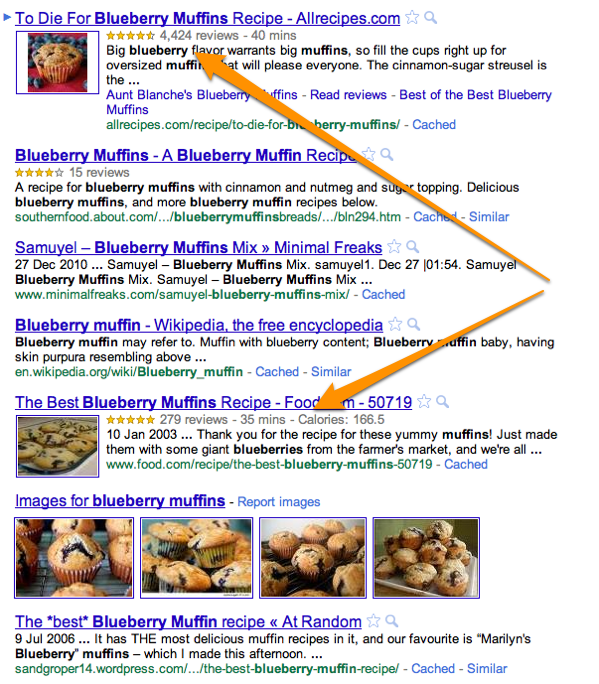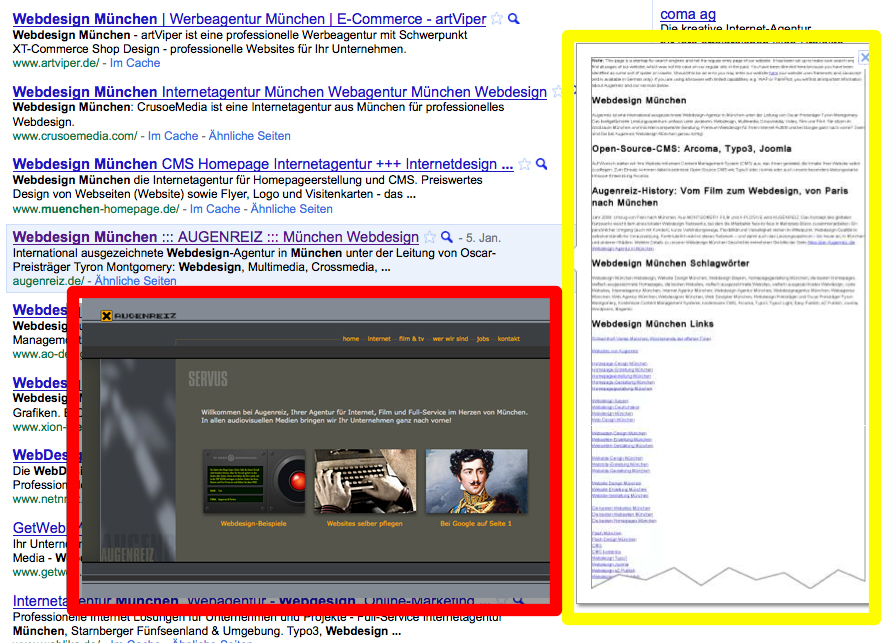 Duty done — here comes the SEO freestyle! Google optimizers should have more going for them in 2011 than simply taking care of dynamic title tags and gradual link improvements.
Duty done — here comes the SEO freestyle! Google optimizers should have more going for them in 2011 than simply taking care of dynamic title tags and gradual link improvements.
The search engine now offers much more visibility potential than even a few months ago – albeit with a much higher level of complexity. For all those looking for creative strategies instead of daily SEO drudgery, here are ten SEO strategies that have potential:
1. Website Performance
A little something is always possible. Google maintains that a website is slow when it takes longer than 1.5 seconds to load. This is a standard that presents a challenge even for simple sites. This is because requesting a URL involves retrieving data from between five to ten different sources. A current website is ultimately a patchwork of advertising banners from Ad servers, social links from Facebook, web analysis statistics scripts, embedded videos from YouTube etc. It’s important here, to identify precisely how you can separate your loading speeds from the performances of external sources. But you can’t just look for problems with others. Your own DNS query figures, the mass of different javascript documents, images and length of code are frequent contributors to sluggish websites. And Google isn’t the only reason to speed up your site — your users will be thankful too…
Tip #1: Install Google’s Page Speed in Firefox and monitor the target site. This tool will give you practical tips for how to improve speed .

2. Google Places Optimization
A search for ‘dentist’ in Bad Tölz, Germany leads to completely useless results. Why? Because Google knows that this refers to a local search term, therefore, the first result page displays almost only local entries ‘nearby’ Bad Tölz. However, since the Tölzen dentists are still digitally dozing and none of them have optimized for ‘Google Places’, you can only find clinics in Munich and Starnberg.
Anyway — it’s probably best to let anyone who’s already looked for their dentist online offer to help. Nevertheless, anyone with a business with a local connection in 2011 should pay close attention to Google Places. And that goes for search terms from ‘shoes’ and ‘restaurant’ to ‘iphone Bad Tölz’. There is much to do and much to win here.
Tip #2: Register with Google Places and do a little reading on SEOmoz.
3. Rich Snippets/Microformats
 Whoever concerns themselves with local SEO quickly hits upon the so-called ‘microformats’: programming identifiers for special content like addresses, phone numbers etc…
Whoever concerns themselves with local SEO quickly hits upon the so-called ‘microformats’: programming identifiers for special content like addresses, phone numbers etc…
There are a number of different varieties, for example, the presentation of such data as an hCard. Seeing this, Google quickly recognizes that it’s dealing with an address and where, for example, a shop is actually located. And this isn’t just for addresses, but also for blueberry cake recipes, reviews in forums and events. Even the number of calories in a recipe can be identified and then elevated in search results. See the included image.
Tip #3: Is there labeling enabled data on the website, according to Google? This can include addresses, recipes, events etc. Differentiate them accordingly.
4. Avoid cloaking using layout tricks
 Since when can SEOs concern themselves with the layout of a website? Essentially we are ‘only’ responsible for what content should appear — then the web designer shifts the SEO text to the end of the page using a
Since when can SEOs concern themselves with the layout of a website? Essentially we are ‘only’ responsible for what content should appear — then the web designer shifts the SEO text to the end of the page using a
Tip #4: Up-to-date layout with a view to usability and adhering to Google Webmaster Guidelines. The rule of thumb for this runs like so: show everything to Google exactly as the user sees it…
5. Consolidating indexed pages
The more pages indexed by Google (see the parameters for the site query or simply use the Searchmetrics Suite…) the better my visibility, yes? This is not exactly the case anymore. Anyone designing their site according to the Google robot and its millions of permutations is keeping themselves from their actual work. Countless different entry lists from a faceted navigation or a shop configurator should be removed from robot indexing. And if there is a product in your shop (like a t-shirt) in different sizes and colors, it is probably better not to let every variation be indexed in organic search results. This leads to duplicate or near duplicate content and pointlessly wastes the robots valuable time.
Tipp #5: Which entry and navigation pages are truly ‘unique’ with their own content and use for the users? All others should be taken out of the index with appropriate devices. Something like <meta name=”robots” content=”noindex” /> in the page header and/or an entry in the robots.txt.
So we have the first five strategies for SEO freestyle. In the next week we’ll deal with:
- Content freshness
- Image optimization
- Shop optimization
- Structuring a site with HTML5
- Developing a ‘brand’ using social media.
P.S.: Who’s writing this stuff? My name is Eric Kubitz and I am one of the co-founders of CONTENTmanufaktur GmbH Anyone trying to reach me can do so via e-mail (ek@contentmanufaktur.net) or on Twitter. ‘Til next time!